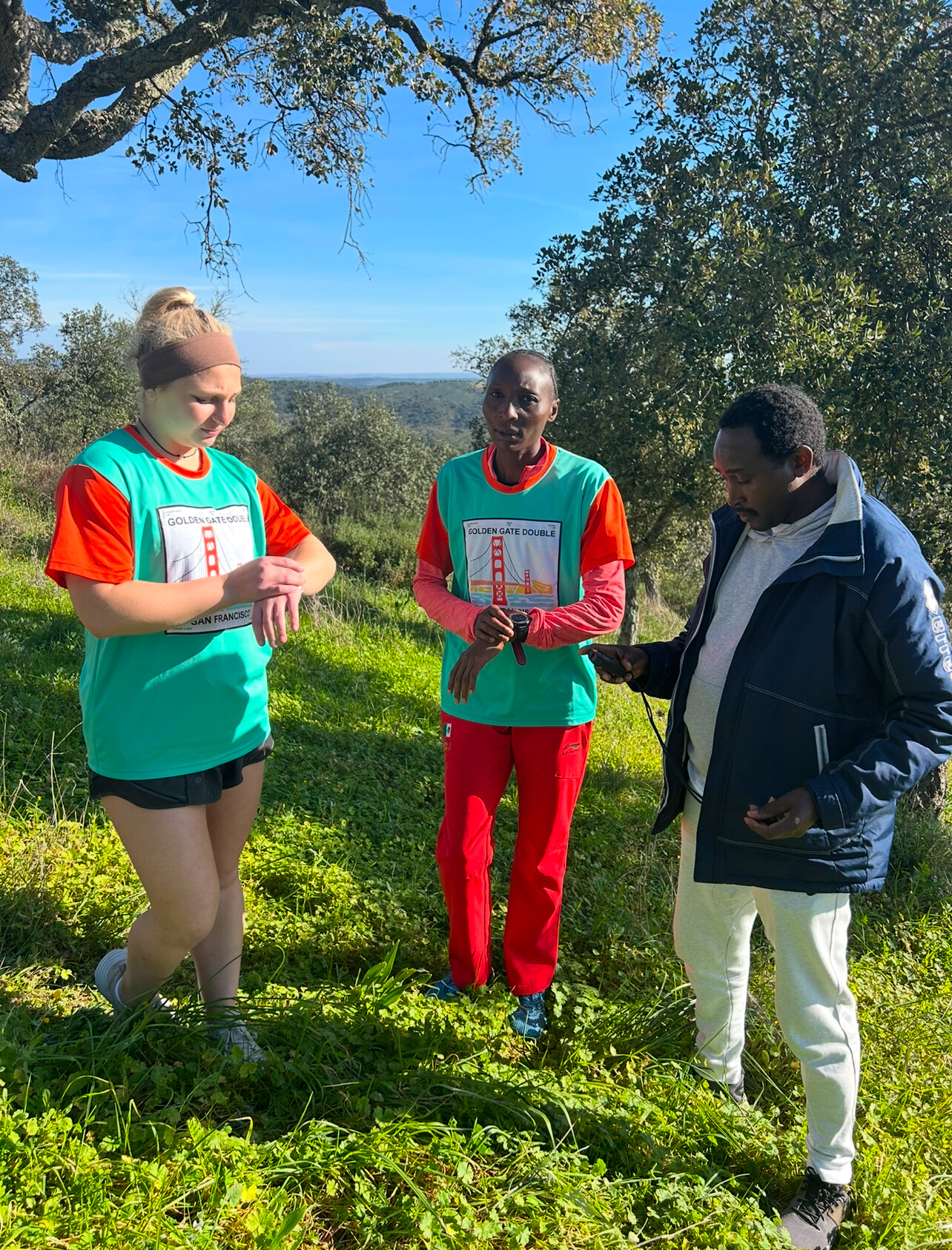Running News Daily
Running News Daily is edited by Bob Anderson. Send your news items to bob@mybestruns.com Advertising opportunities available. Train the Kenyan Way at KATA Kenya and Portugal owned and operated by Bob Anderson. Be sure to catch our movie A Long Run the movie KATA Running Camps and KATA Potato Farms - 31 now open in Kenya! https://kata.ke/
Index to Daily Posts · Sign Up For Updates · Run The World Feed
How Training High and Racing Low Can Give You an Edge
For serious runners looking to optimize their training, altitude can be a game-changer. The widely recognized "Live High, Train Low" (LHTL) approach—spending time at moderate altitude before returning to sea level—has been used by elite athletes for decades to gain a competitive edge. But how exactly does it work, and how can you incorporate it into your own training?
Why Train at Altitude?

At elevations of around 5,000–7,000 feet, the air contains less oxygen, forcing the body to adapt by producing more red blood cells. This increases the blood’s oxygen-carrying capacity, leading to:
Enhanced endurance due to improved oxygen efficiency
Greater aerobic strength from increased EPO production
Stronger lung function as the body adapts to lower oxygen levels
This is why many world-class runners train in places like KATA Kenya (5,400 feet), where the natural altitude boosts their aerobic capacity.

Why Return to Sea Level Before Racing?
While altitude training enhances oxygen efficiency, it limits the ability to train at full intensity due to reduced oxygen availability. That’s where the second half of the strategy—training at sea level—comes in. Returning to lower altitudes, like KATA Portugal (300 feet), allows runners to:
Train at higher intensities with greater oxygen availability
Improve speed and power output
Benefit from faster recovery before race day
Studies suggest that returning to sea level 2-3 weeks before a race is ideal for maximizing performance. This timing allows runners to fully absorb the benefits of altitude training while taking advantage of enhanced oxygen levels to fine-tune race pace.
How to Incorporate Altitude Training into Your Plan
If you can train at altitude for 3-6 weeks before returning to sea level, you can gain significant endurance advantages without sacrificing race-day speed. Even if you don't have access to an altitude camp, strategies like sleeping in an altitude tent or using intermittent hypoxic training can simulate some of the effects.
For those serious about optimizing performance, finding the right balance between altitude and sea-level training—just like what’s possible at KATA Kenya and KATA Portugal—could be the key to your next PR.
by Boris Baron
Login to leave a comment




